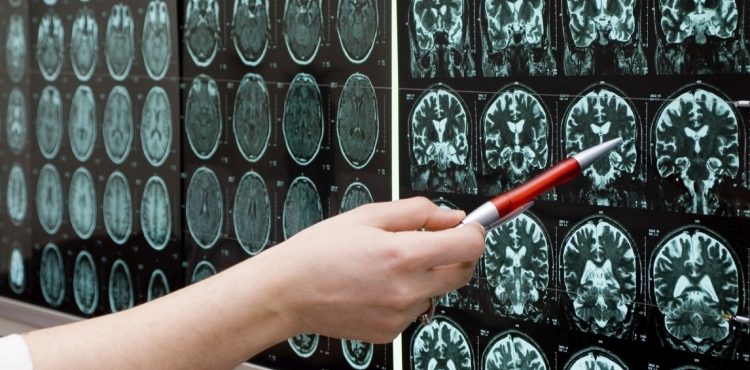
Major global study highlights improved treatment of the most common form of stroke worldwide
The safety and potential benefit of a strategy to more intensively control blood pressure (BP) in patients who receive ‘clot-busting’ thrombolysis treatment for acute ischaemic stroke has been demonstrated in a large clinical trial led by researchers at The George Institute for Global Health.
Researchers found stroke patients who received intensive BP lowering were significantly less likely to suffer bleeds on the brain, a side-effect associated with people being treated with clot-busting therapies known as thrombolysis.
The study, which involved over 2000 patients from 110 hospitals in 15 countries over several years, has resolved much of the controversy surrounding the role of intensive BP lowering in this critical condition in showing the treatment is safe and reduces the risk of major bleeding in the brain, which is the major potential side-effect of clot-busting treatment. The findings were simultaneously presented at the International Stroke Conference of the American Heart Association (AHA) / American Stroke Association (ASA) and published in the prestigious medical journal The Lancet, on 7 February 2019.
Stroke accounts for almost 5% of lives lost due to premature death or disability, and 10% of all deaths worldwide, with the bulk of this burden (>75% of deaths from stroke and >80% of ‘disability-adjusted life-years’) occurring in low-middle income countries.[1]
It is estimated that on average, one in four people will suffer a stroke across the world, but it is as high a one in three in many parts of Asia and Eastern Europe.[2] In China, where most of the study participants were from, stroke is the leading cause of death and disability.
Most strokes are ischaemic, due to sudden blockage of a blood vessel in the brain. The clot-busting drug, alteplase (or tPA), and/or insertion of tiny mechanical device into the blood vessel, often referred to as ‘reperfusion therapy’ to remove clot-causing blockage, are proven treatments for acute ischaemic stroke. Despite these treatments having small risks of serious bleeding, they have been shown to reduce the brain damage caused by ischaemic stroke, provided they are given early after the onset of symptoms in carefully selected patients.
Lead investigator of the study, Professor Craig Anderson, Executive Director of The George Institute, China said:
“There has been much debate over whether any benefits are offset by potential harms of intensive BP lowering early after the onset of acute ischaemic stroke. This study now clearly shows more intensive BP control than is currently recommended has the potential to make thrombolysis treatment safer, by reducing the risk of serious bleeding in the brain.”
Key Findings:
- The level of disability at 90 days did not differ between groups of patients allocated to intensive and standard BP management;
- Significantly fewer patients had bleeding within the brain after intensive compared to standard BP management;
- Large and serious bleeding in the brain were lower with intensive BP lowering;
- There were no harms identified for intensive BP lowering;
- Results were influenced by the difference in BP between the patient groups being less than planned, with many patients in the standard treatment group receiving more BP lowering than typically used in clinical practice;
- More research is required to better understand why the reduced risk of bleeding in the brain did not translate into improved overall outcome for patients.
“These findings also highlight the need for more research to better understand the underlying mechanisms of benefit and harm of early intensive BP lowering in the patients receiving modern reperfusion therapy with thrombolysis and devices, given that the reduction in brain haemorrhage failed to translate into improvements in overall recovery for patients,” added Professor Tom Robinson, Co-Lead Investigator and Head of the Cardiovascular Research Centre at the University of Leicester, UK.
Main funding was from the National Health and Medical Research Council (NHMRC) of Australia and the UK Stroke Association.
References:
- World Stroke Organization
- Global lifetime risks of stroke, 1990-2016.New England Journal of Medicine 2018
- 2018 China ischaemic stroke guideline






